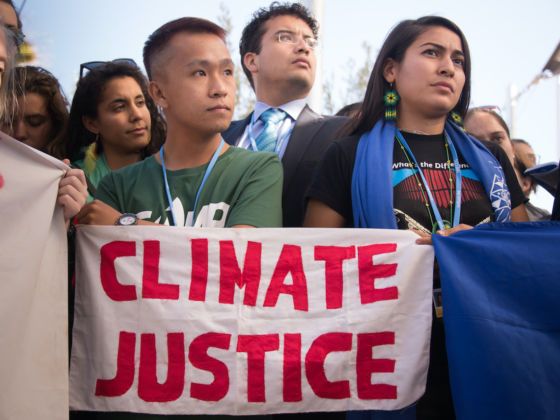This is The Climate Win, the most positive sustainability news around the world every week.
This week’s Climate Win column focuses on one of the most overlooked aspects of conservation: the environmental justice movement. The keyword here is justice. What separates the environmental justice movement from mainstream environmentalism is the fact that it was born out of the civil rights movement of the 1960s, instead of evolving solely from the modern environmental movement that began during the same time period.
